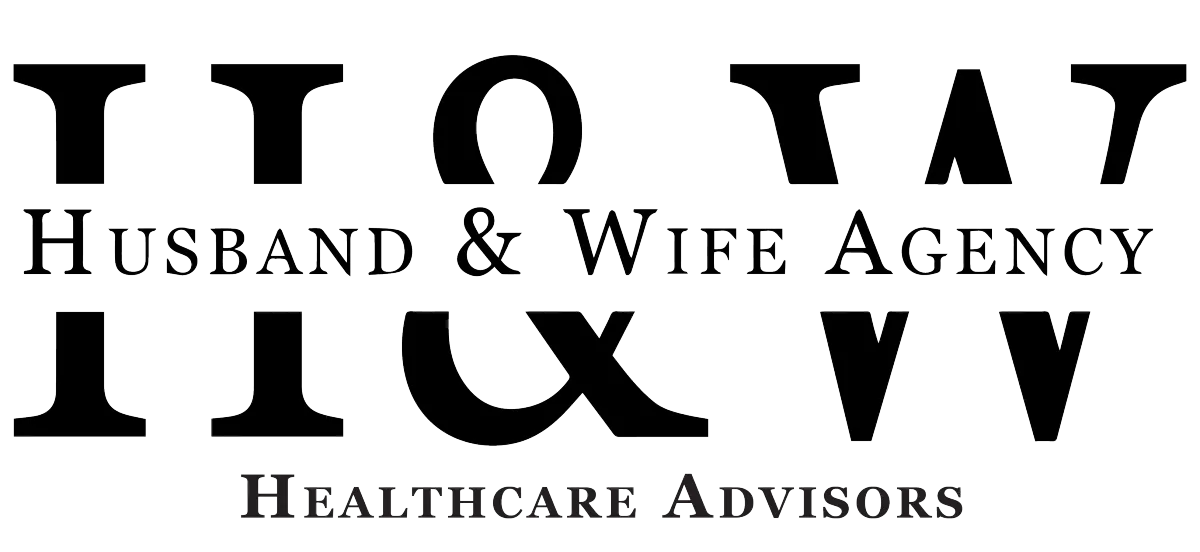Medicare Advantage Plans
Medicare Advantage Plans (MA or MAPD) made their appearance in the early 2000’s but have been expanding into new areas and counties since 2010. These plans, also known as Part C combine your Part A, Part B, and sometimes Prescription Drug Plans (Part D) all into one plan. It’s the “Lower Premium, More Medical Exposure Risk” school of thought.
Imagine if Original Medicare is your hand, and a Medicare Advantage Plan is the glove you put on your hand when you go out to get your hands dirty. The insurance company that offers the Medicare Advantage Plan takes over the administration of your Medicare Part A and Part B, and all bills go directly to the Medicare Advantage Plan instead of Medicare.
Remember the high costs of inpatient hospital stay and the 20% co-insurance that comes with Medicare Part A and Part B? Well the Medicare Advantage Plans look and work more like your insurance you may have had while working or from the federal marketplace (ACA Plans), with an Out-of-Pocket-Maximum attached to the plan. This out of pocket max caps your Medicare Part A and Part B medical costs at a certain amount which depends on plan to plan. A typical Annual Out-of-Pocket-Maximum may be 5,000 for the year. That is your potential medical exposure risk, but your premium may be as low as $0 a month. Here’s where we will get into the balance of “Lower Premium vs. More Medical Exposure Risk”.
Medicare Advantage plans may have a $0 deductible, with copayments for various medical services. Typically the bigger costs on Advantage Plans are hospital stays, surgeries, or a cancer diagnosis. But with the added potential medical exposure, Medicare Advantage Plans also add in Additional benefits that Original Medicare doesn’t cover like Dental, Vision, Hearing, Fitness Rewards, and Over-The-Counter benefits.
Since these plans vary so much county by county, its essential to check what plans are available in your county. Usually when you see advertising on TV requesting your zip code, Medicare Advantage Plans are what is being advertised. The thing is, you don’t need to call the number. Call your local agent instead!
Medicare Advantage Plans have several plan structures, but the most common are Health Management Organizations, HMO’s, or Preferred Provider Organizations, PPO’s. HMO’s use a strict network and you must see an in-network doctor for non emergency treatment. In an emergency you can go to any Emergency Room or hospital but know once you are stable, you’ll need to be in an in-network facility with in-network doctors. PPO’s utilize an in and out of network approach. Traditional PPO’s have lower copays at in-network providers and higher copays at out-of-network providers.
